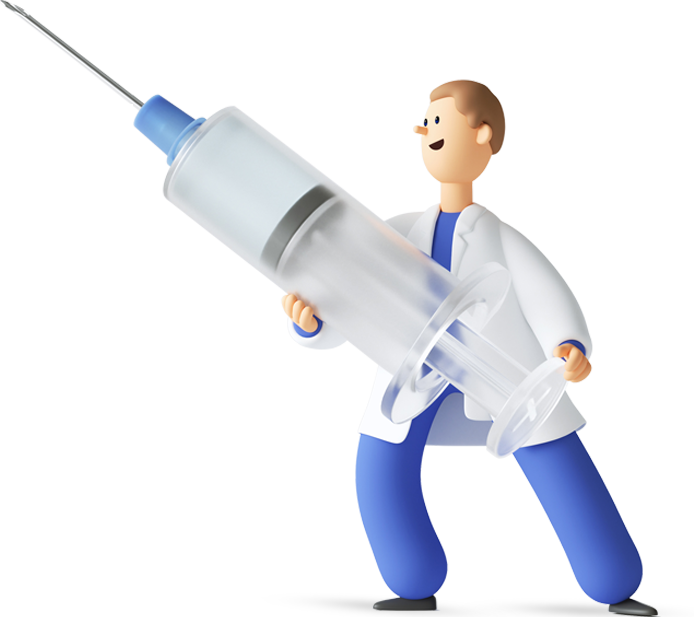Understanding Causes, Symptoms, Diagnosis, and Treatment
Testicular cancer is a disease in which malignant (cancer) cells form in the tissues of one or both testicles — the male reproductive glands located inside the scrotum. Though relatively rare, it is the most common cancer in young men aged 15 to 40. The good news is that testicular cancer is highly treatable, especially when detected early.
At BIACH&RI, our multidisciplinary oncology team offers advanced diagnostics, personalized treatment, and compassionate care for patients facing testicular cancer.
Types of Testicular Cancer
The majority of testicular cancers are germ cell tumors, which originate in the cells that produce sperm. These are categorized into two main types:
1. Seminomas
- Grow slowly
- Usually occur in men between 30 and 50
- Very responsive to radiation and chemotherapy
2. Non-seminomas
- More common in younger men (late teens to early 30s)
- Grow and spread faster
- Include types such as embryonal carcinoma, yolk sac tumor, choriocarcinoma, and teratoma
Causes and Risk Factors
While the exact cause of testicular cancer is unknown, several risk factors may increase susceptibility:
- Undescended testicle (cryptorchidism)
- Family or personal history of testicular cancer
- Abnormal testicle development
- HIV infection
- Age (most common between 15–40 years)
- Race (more common in Caucasian men)
Signs and Symptoms
Many cases of testicular cancer are discovered by men themselves. Common symptoms include:
- A lump or swelling in either testicle
- A feeling of heaviness in the scrotum
- A dull ache in the lower abdomen or groin
- Pain or discomfort in a testicle or the scrotum
- Enlargement or tenderness of the breasts (gynecomastia)
- Back pain (if cancer has spread)
📝 Note: Not all lumps are cancerous, but any abnormality should be examined by a doctor immediately.
